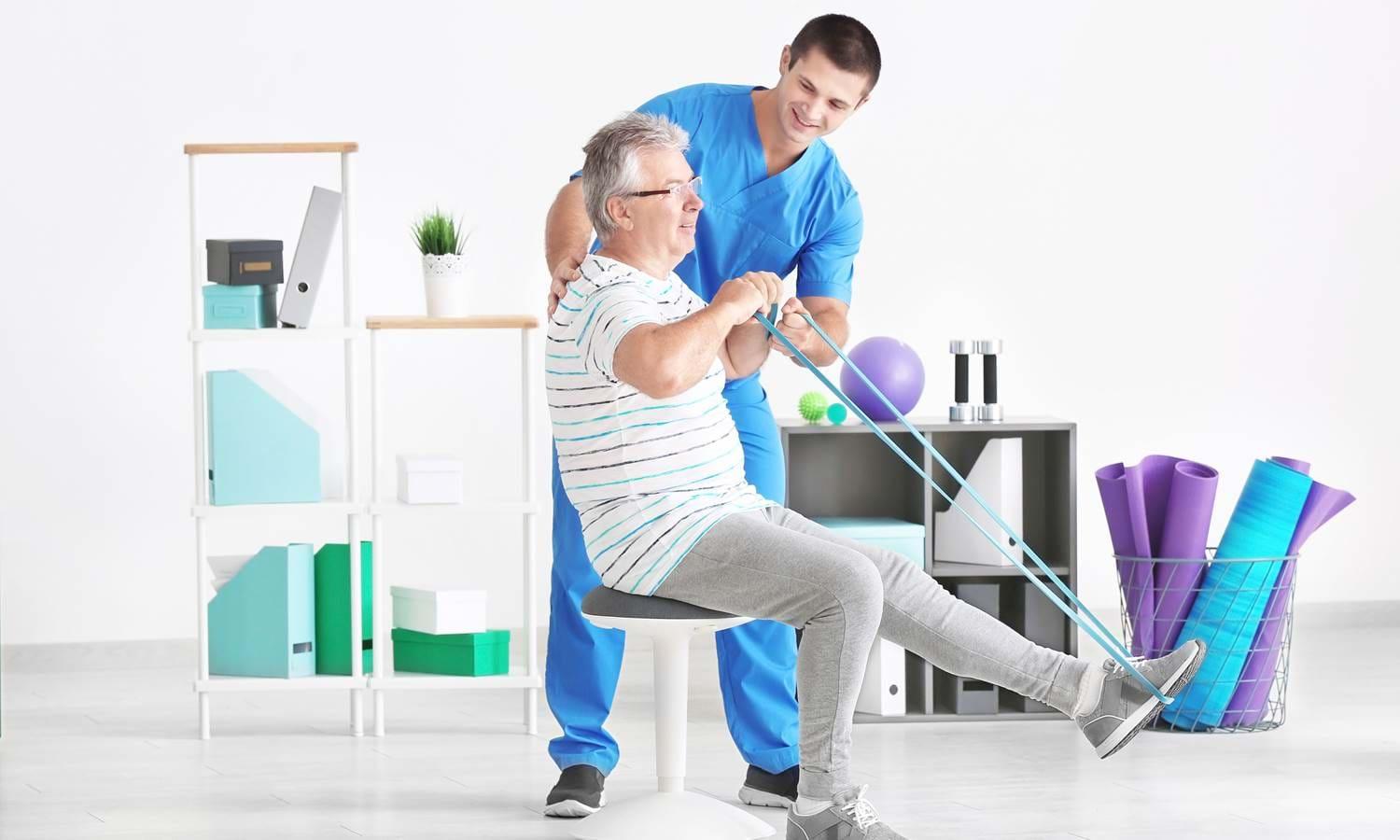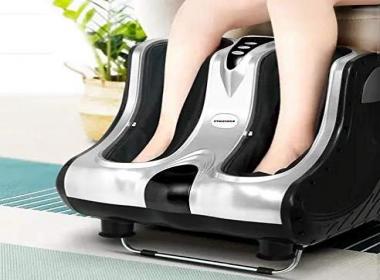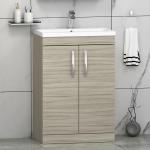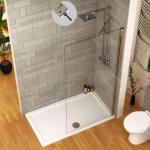Two bone ends, encapsulated in cartilage and fibrous tissue and held together by muscles and ligaments are fundamentally a joint. In the case of limbs, joints introduce discontinuity and grant the ability to bend and flex. The extravagance of optimization is noticeable in all the structural and functional aspects of a limb. Overextension and abuse of any feature of the limbs can manifest severe effects on the health; Sometimes in a holistic manner.
Knee pains can be classified based on the cause, symptoms, and temporal aspects of the discomfort. Physiotherapy aims to pinpoint the cause of knee pain and devise a strategy in accordance with that. This article will shed light on the areas of investigation relevant to physiotherapy and the probable therapeutic approach.
The areas of investigation
Examination of gait
How the patient walks can correlate to multiple symptomatic aspects of knee pain. The gait of a patient can reveal the affected muscles and even signs of bone damage. For instance, a case of stiffness in the knee will result in a walking style different from normal individuals.
Palpation based evaluation
Palpation is the method of diagnosis by touch. Palpation is conducted by able hands for seeking out the sensitive parts of an injury or any abnormal pathological growth like an inflammation.
Assessing the Range of motion
The aim of collecting the ROM data is to keep a record of various stages during the therapy sessions. The data is collected in order to assess the improvements over time reflecting the success of physiotherapy.
Also read about: LETS TALK TYRE ROTATION AA Slick Tyres
Strength measurement
Measurement of strength is performed in order to identify weaknesses of the muscles around the knee.
Body balance test
Disruption of body balance might result in unequal weight distribution. This phenomenon in turn might result in overstressing of one knee and cause knee pain.
Ligament test
Exercises specifically designed for testing the ligaments holding the knee together can identify any inconvenience in the ligaments of interest.
Therapeutic approach
After the initial assessment, a Physiotherapist decides the course of action. Based on the nature of inconveniences Muscle enforcing exercises, Straight leg rises, Short arc, Cryo and heat therapy, Ultrasound, Kinesiology taping, Electrotherapy, Soft tissue massages are prescribed.
Exercises are the best remedy for knee pains and the intensity of the same depends on the recovery dynamics. Ultrasound and electrotherapies might deliver a good and soothing feeling but in the long term, they are ineffective without thermal therapy and regular exercises. Soft tissue massages are performed along with all the exercises and therapies for relaxing the target tissue. And performed before and after each session for maximum success. In the case of knee pain treatment, most of the hard work is done at home. The therapist plays the role of an evaluator, checking the progress after temporal intervals.
Author’s words
The reason for knee pain decides the course of treatment for the same. In severe cases like ACL disjunction physiotherapy alone is insufficient. Surgeries and medical intervention is often required, for preventing the situation from worsening. Best diagnosis and care can be received only from the best in the profession. Compromise with such an aspect might result in permanent damage. For instance, someone living in Gurgaon must visit the best physiotherapist in Gurgaon for effective remediation.
















